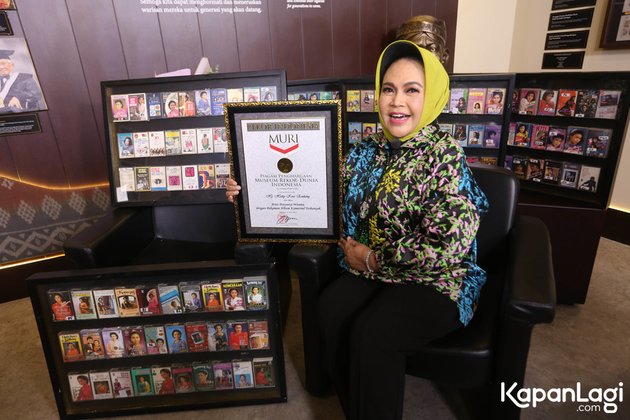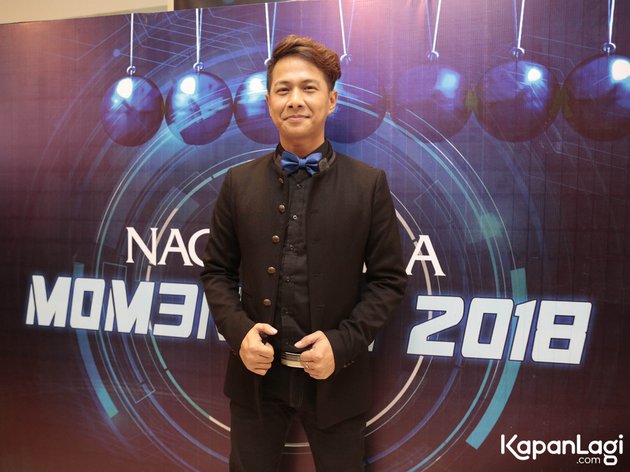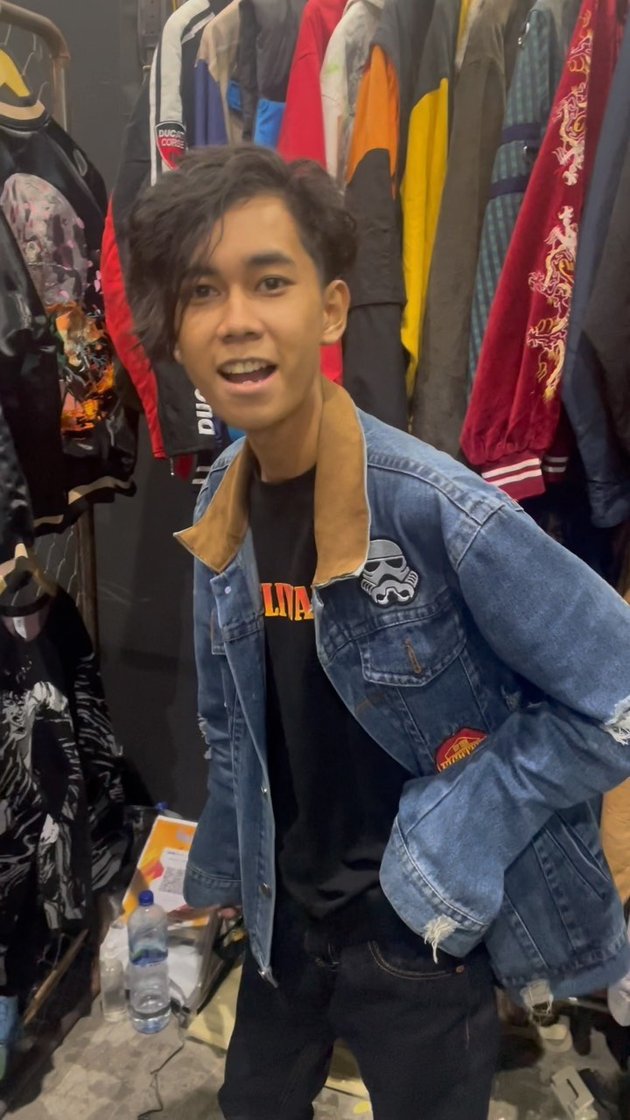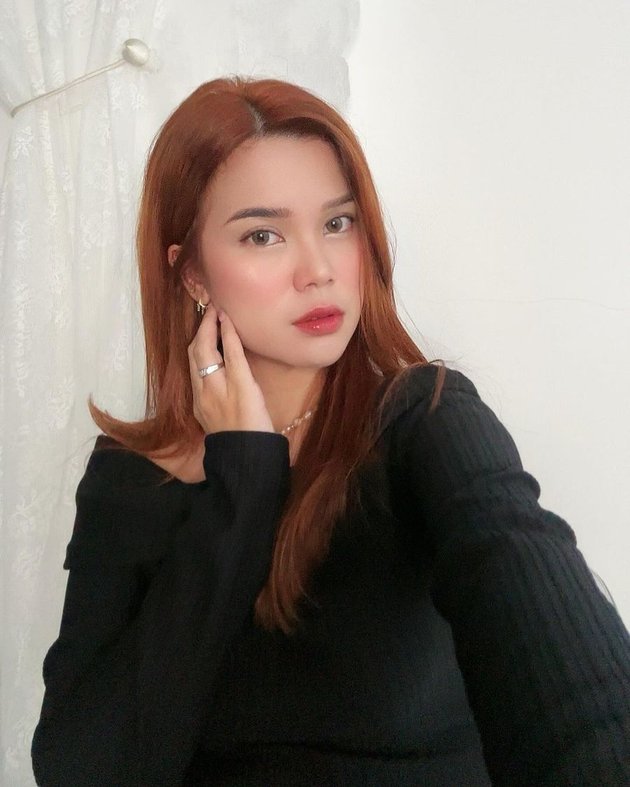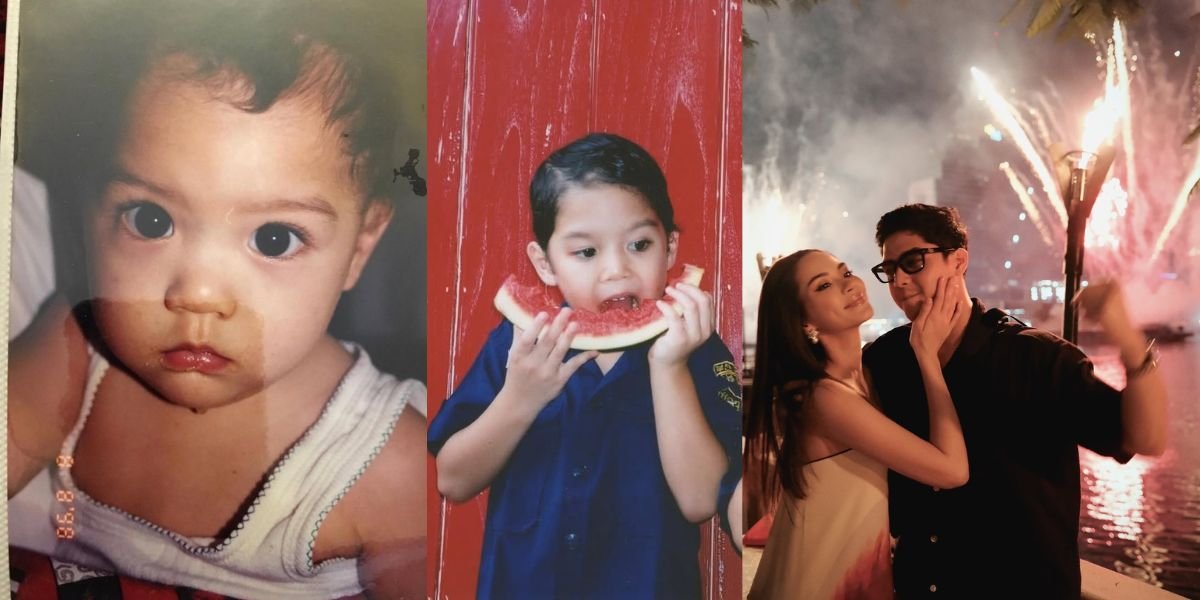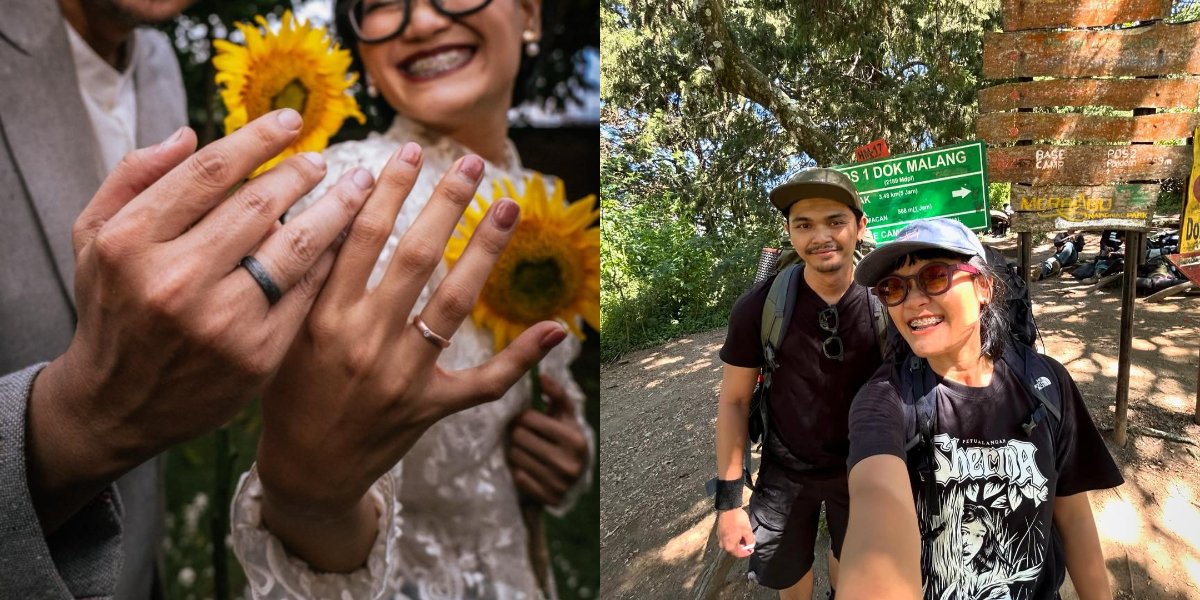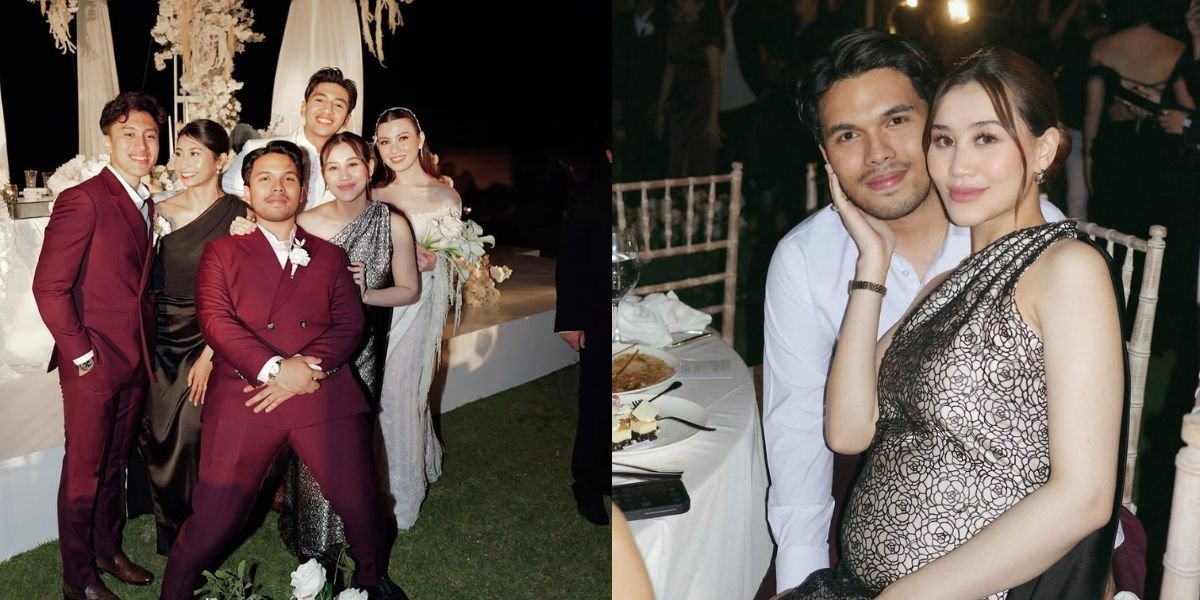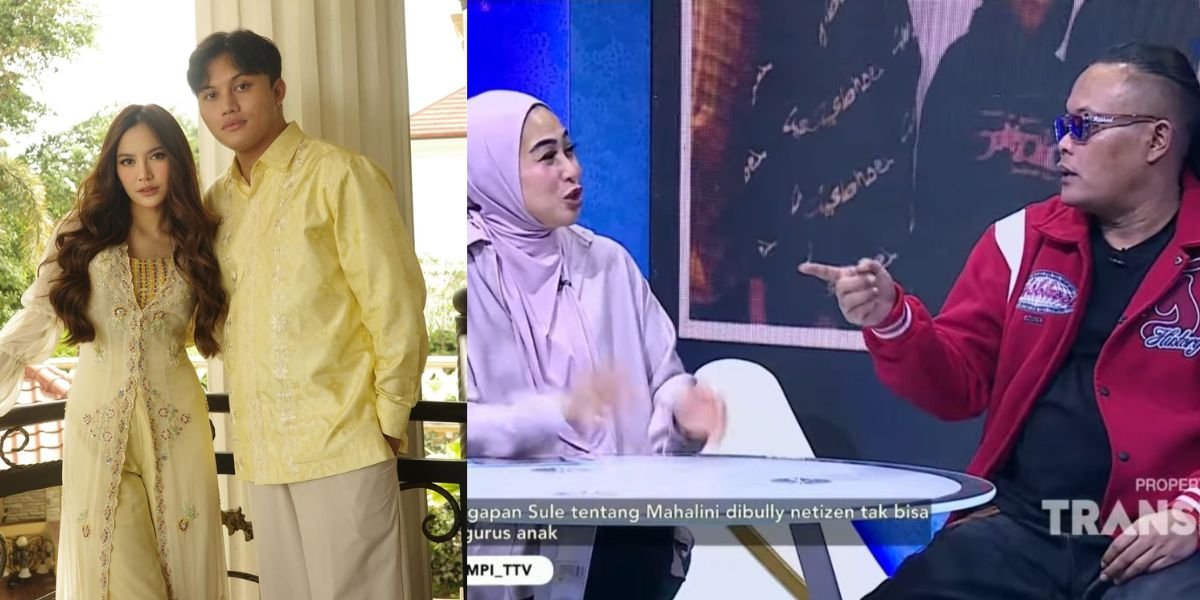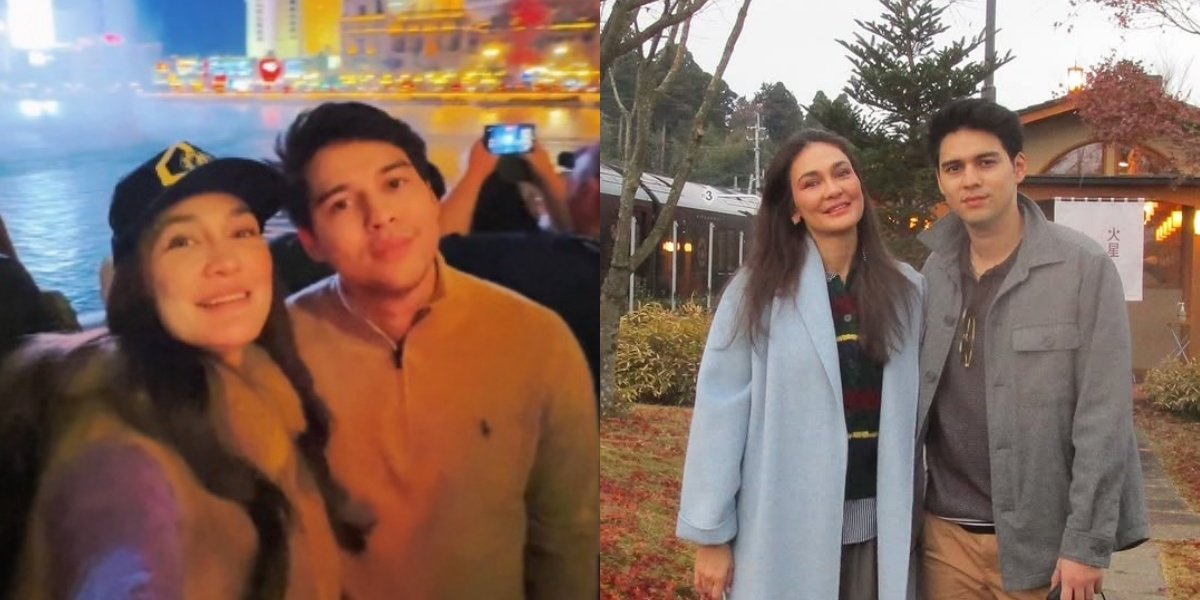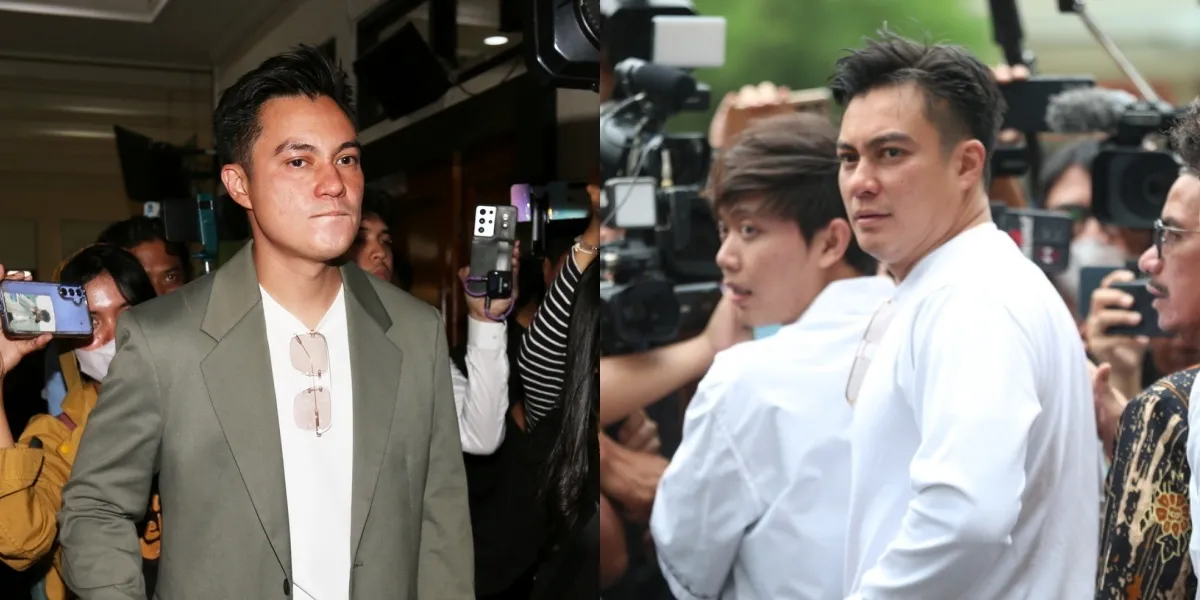
Becoming popular in Indonesia is not just about talent, but also about being in the right place and media. In the past, to become an artist, one had to take a long path through stages and studios. Now, just one viral video can catapult someone's name into national spotlight.
From the era of radio broadcasts to short videos on TikTok, the Indonesian public has witnessed the emergence of many 'stars of the times' who are idolized for their character, talent, or simply unique moments. Some become famous for decades, while others are popular for just a moment and then fade away overnight.

